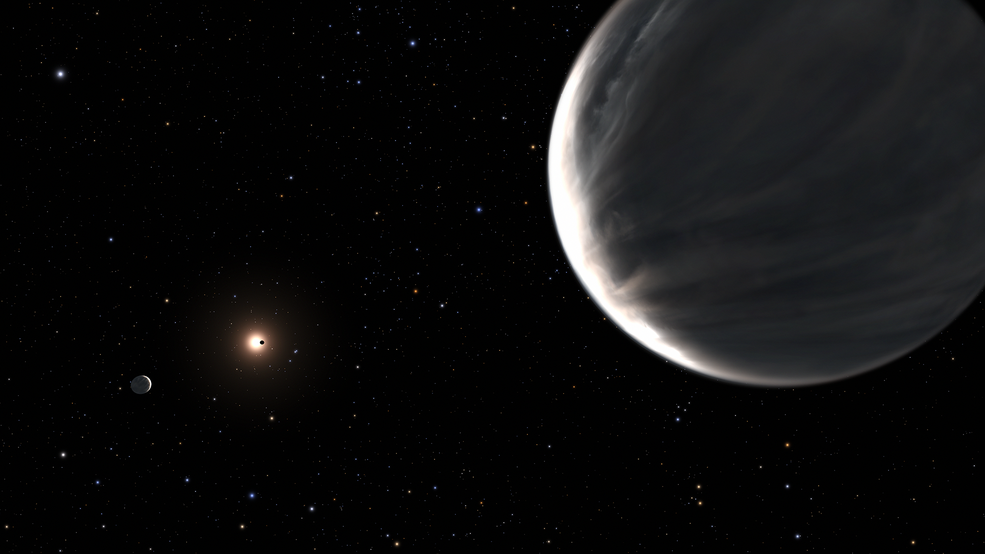China has started building its second enormous satellite-internet constellation in low Earth orbit (LEO).
A Long March 5B rocket lifted off from Wenchang Space Launch Center on the island of Hainan Monday (Dec. 16) at 5:00 a.m. EDT (1000 GMT; 6 p.m. local time), carrying 10 broadband spacecraft aloft.
Everything went well, according to the China Academy of Launch Vehicle Technology (CALT), the state-owned company that builds the Long March family of rockets.
“The satellites entered the predetermined orbit smoothly and the launch mission was a complete success,” CALT wrote in an update on WeChat early Tuesday morning (Dec. 17). (Translation by Google.)
That update describes the satellites as “huge in size” but does not give any numbers for their mass or dimensions. It also doesn’t specify where the spacecraft were deployed, but we have that information, thanks to astrophysicist and satellite tracker Jonathan McDowell and the U.S. Space Force.
“Congratulations to Space Force @S4S_SDA on the rapid cataloging of the 10 Chinese internet satellites launched today, in 1097 x 1110 km x 86.5 deg orbits,” McDowell said via X on Monday.
The newly launched satellites are the first batch for Guowang, a broadband megaconstellation in LEO that will eventually consist of nearly 13,000 spacecraft, if all goes according to plan.
Guowang, whose name translates as “national network,” will be managed by a company called China Satnet, which the Chinese government established in 2021, as SpaceNews noted.
Another Chinese broadband megaconstellation is under construction as well — Qianfan (“Thousand Sails”), which will eventually feature about 13,000 satellites. Fifty-four Qianfan spacecraft have launched to date, on three missions that lifted off this year.
Qianfan and Guowang will be Chinese versions of SpaceX’s Starlink LEO megaconstellation, which is already providing service to people around the world.
Starlink currently consists of more than 6,800 active satellites, but that number is growing all the time; SpaceX has launched more than 80 Starlink missions this year alone. Eventually, the megaconstellation could have more than 40,000 satellites.
On previous missions, the 23-ton core stage of the Long March 5B has crashed back to Earth in an uncontrolled fashion about a week after lifting off, drawing criticism from across the space community. But this apparently did not happen on Monday’s Guowang launch; according to SpaceNews, the core stage wasn’t expected to reach orbit, because the mission used an upper stage called YZ-2 to deliver the satellites to their desired destination.
Source: https://www.space.com/space-exploration/launches-spacecraft/china-launches-1st-set-of-spacecraft-for-planned-13-000-satellite-broadband-constellation-photo



